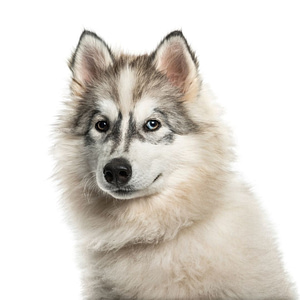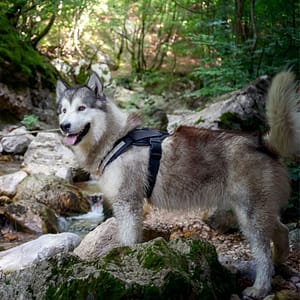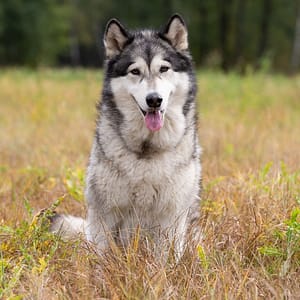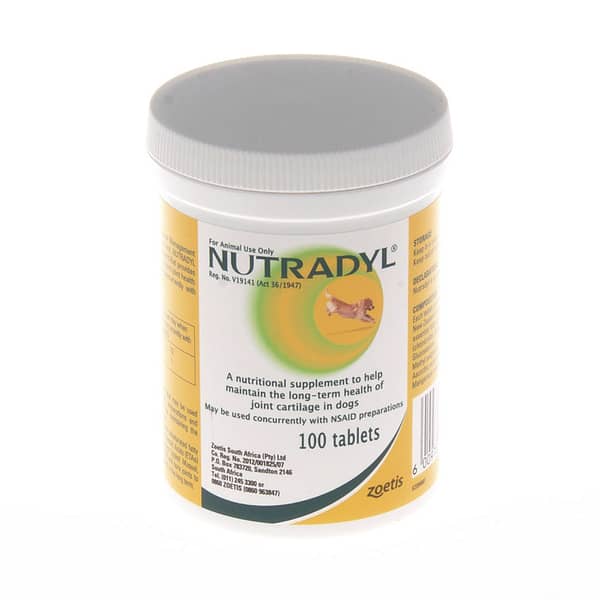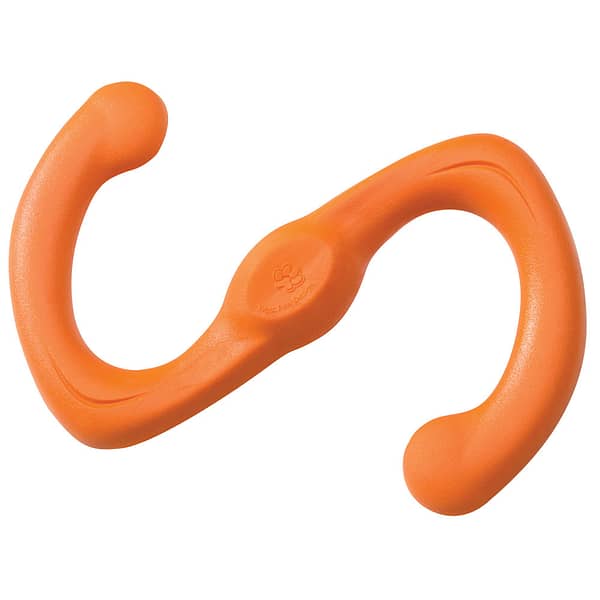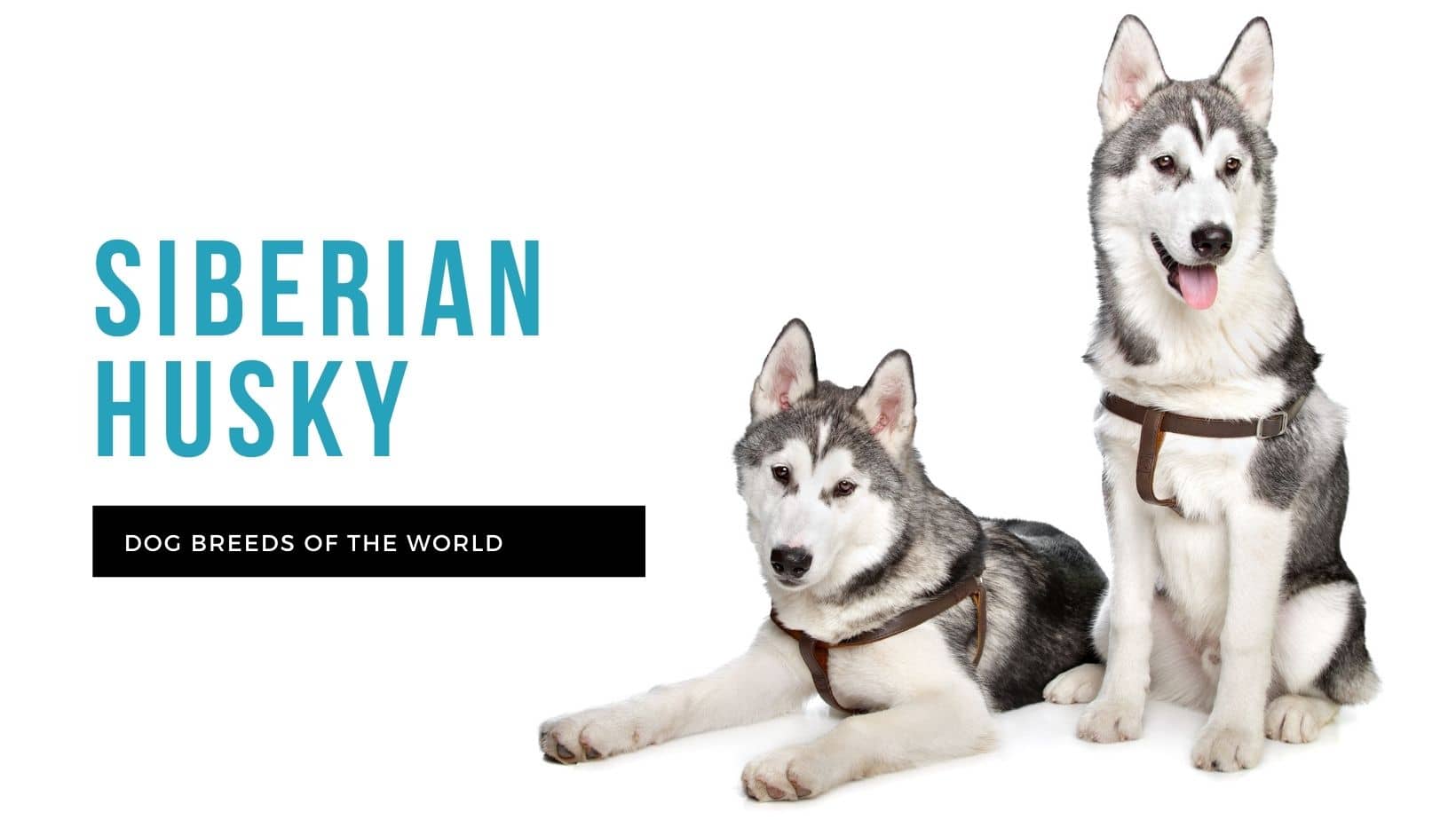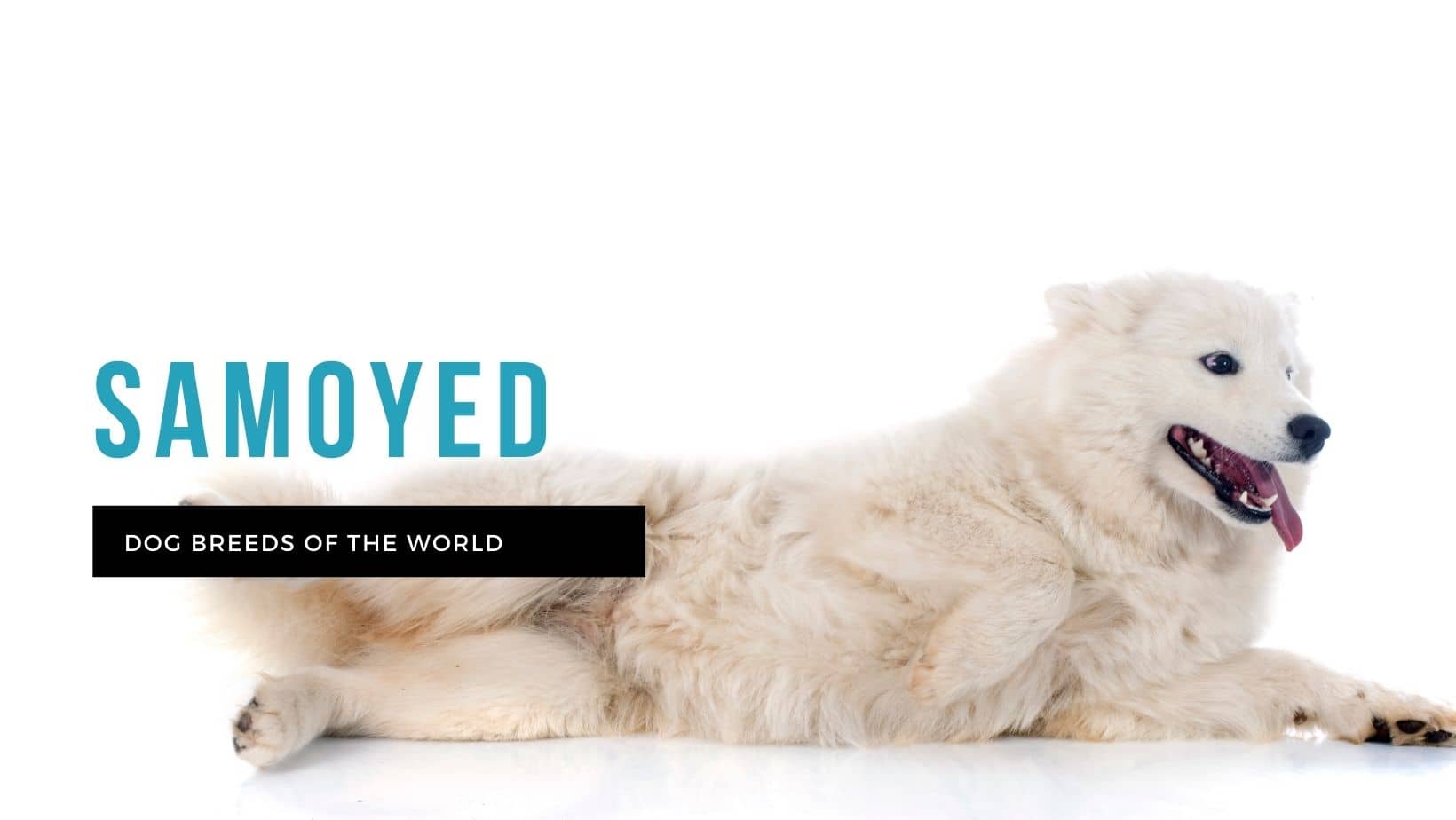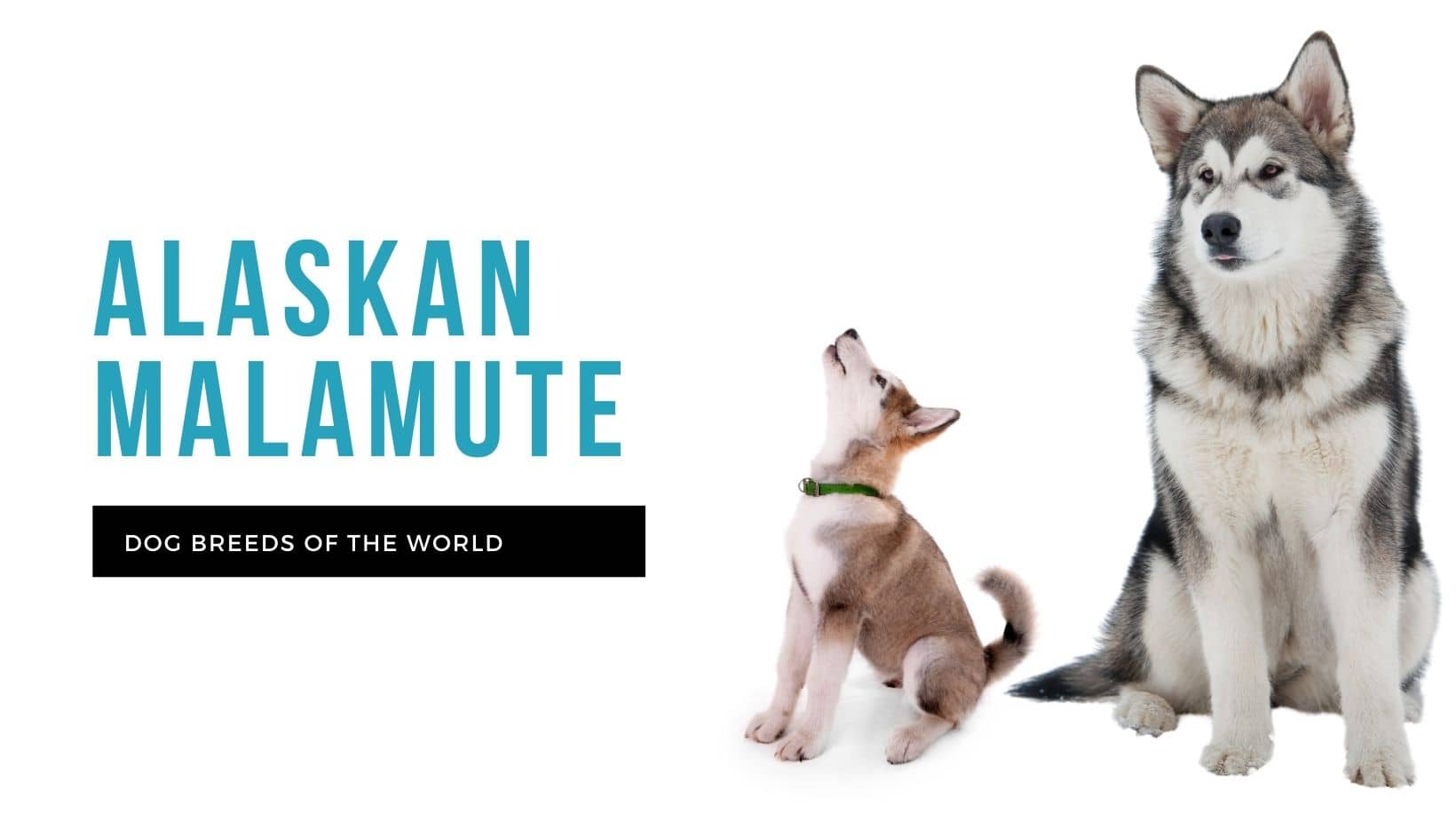
With his friendly face and playful demeanour, the Alaskan Malamute is a bear of a breed bound to win over anyone who loves the fully-furred spitz type dog… and who can handle all that shedding! Prized for his strength and stamina for pulling large loads at slow speed through the snow, the Mal has seemingly infinite energy that must be constructively directed to keep him physically and mentally healthy.
The Alaskan Malamute is very affectionate with his family. With firm training in place from a young age, enough exercise, and respected as an individual in your ‘family pack’, the Mal will be an adult’s favourite snuggle buddy and a child’s best friend who’s always game for fun.
History
The history of the Alaskan Malamute can be traced back about 4000 years. He’s the granddaddy of the sled dog breeds – with his appearance having changed little from back in the early days. It’s believed that the original wolf-dog forebears of the Malamute crossed the Bering Strait land bridges from Siberia to Alaska with their Palaeolithic humans. They are named after the Mahlemut tribe who, when they settled in Alaska, began to develop the modern Alaskan Malamute who was able to withstand extreme cold while still powerfully pulling large cargo loads over long distances through difficult conditions. This was not just a sled dog, but also a hunting companion and a seal hole scout – a very valuable dog who could take on many different jobs.
The Klondike Gold Rush of 1896 attracted around 100 000 prospectors to Yukon, Canada and they brought their own weather-hardy dogs as well as used snow breeds like Siberian huskies and Alaskan Malamutes. The Malamutes were interbred with some of the imported dogs, effectively diluting the ‘true’ Malamute breed and creating various strains of the Malamute bloodline.
In 1935 the American Kennel Club officially accepted the Alaskan Malamute as a breed, but during World War II, many Mals were lost in service to the war. Registered Malamute numbers came very close to deteriorating completely, so the AKC studbook reopened to help revive the breed. The modern Alaskan Malamute comprises three different genetic strains.
Temperament
The Alaskan Malamute is a playful and friendly dog who makes a fantastic family friend, but a lousy watchdog, as he wants to be friends with everyone! He is a very energetic dog because of his large stature, powerful muscles and working nature, so he needs to run, play and work to expend all that energy and not become bored and destructive. His intelligence and desire to perform a job mean that the Mal needs to be kept busy… or else.
Loving and companionable, this breed is ideal for experienced dog owners who know that what they put in, they will get out and then some. A Malamute’s friendship is the great reward for the hard work required to ensure their mental and physical health and wellbeing.
Health
The Alaskan Malamute is generally a healthy breed, but there are some genetic conditions that he may be susceptible to. The most common breed-related conditions include:
- Hip and elbow dysplasia – The ball joints of the limbs do not fit properly into the hip sockets, and the elbow bones don’t line up properly.
- Juvenile cataracts – This condition is first noticeable in dogs aged between one and two years old. It does not usually cause full-blown blindness, but if cataracts are diagnosed, the affected animal should not be bred.
- Hemeralopia – Also known as ‘day blindness’, this condition is characterised by the dog’s inability to see properly in bright light and preference to stay in the shade for better orientation; showing a disorientation when facing the sun, or appearing to bump into things or behave clumsily during the daytime. These symptoms disappear in the evening or in poorer light.
- Chondrodysplasia – This is a genetic condition that can cause limb deformities in puppies. Also called ‘dwarfism’.
- Hypothyroidism – Many purebred dogs are prone to hypothyroidism in which the thyroid gland does not produce enough thyroid hormone. May cause symptoms like skin and fur problems, mental dullness, fatigue, weight gain and eye discharge, but can be managed with medication and diet.
- Inherited polyneuropathy – This condition affects the dog’s gait and stability when he’s walking. Signs of this condition become apparent at about one year old.
- Zinc deficiency – Malamutes are known to not be able to absorb zinc very efficiently, which results in recurring infections and skin and fur issues.
Exercise Requirements
The longevity of the breed and specific nature of the work for which he was developed mean that the Alaskan Malamute has a built-in need for daily exercise. His strength, athleticism and stamina cannot be ignored – he’ll make sure of it! The Mal needs plenty of exercise, either a long walk or jog with their human and lots of playtime in the (well-fenced and secure) backyard, or energetic outdoor activities like hiking, biking, swimming or even agility and obedience trials. Bred as a sled dog, the Malamute can easily be trained to pull a cart or accompany his owner on mountain biking trails and other exciting outdoor activities. Give him a job and he will be at his most purposeful and content.
Keep in mind that he was developed for working in harsh, sub-zero temperatures. Be very careful of over-exerting the Malamute in our subtropical climate. It’s important to be cognisant of the dog’s temperature regulation and comfort levels – make sure he has enough shade, plenty of fresh, cold water and a cool spot to lie in the heat of the day.
The Mal is a notorious digger, so the yard fence needs to extend below the surface of the ground to ensure it is secure. Digging is also not something that can easily be ‘trained out’ of the Malamute, so the best alternative is to give him a dedicated place to dig like a sandbox or a section of the yard that belongs to him (encouraged through positive reinforcement training).
The Malamute owner would do well to start socialising their Mal puppy from as young as possible and to begin obedience training as soon as they show readiness. This pup will grow into a very large dog who will be inclined to take over if not trained early enough. Intelligent and independent, he can become very stubborn if he has not learnt his place, which may result in other pets and young children being bullied. Socialisation with a variety of other people and pets, as well as assertive yet fair training, will result in a well-rounded and happy Alaskan Malamute who is an absolute joy to be around.
Grooming Requirements
The Alaskan Malamute’s thick, double coat requires daily brushing and combing to remove loose and dead hair, as well as to prevent matting. He will blow his coat twice a year, during which time you may wonder how many Malamutes you really have around the house! He needs a bath with shampoo and conditioner every one or two months, which is an ideal time to check his skin for any lesions, rashes or hot spots.
Trim his nails regularly and brush his teeth three to four times a week to maintain good oral hygiene.
Ratings
Friendliness to other pets
Friendliness to strangers
Behaviour towards children
Statistics
| Size |
Large |
| Type |
Working Group |
| Average adult weight |
38 kg |
| Average adult height |
62 cm |
| Average life span |
14 years |
| Breed family |
|
| Area of origin |
Alaska |
Gallery
Product suggestions
Similar breeds


